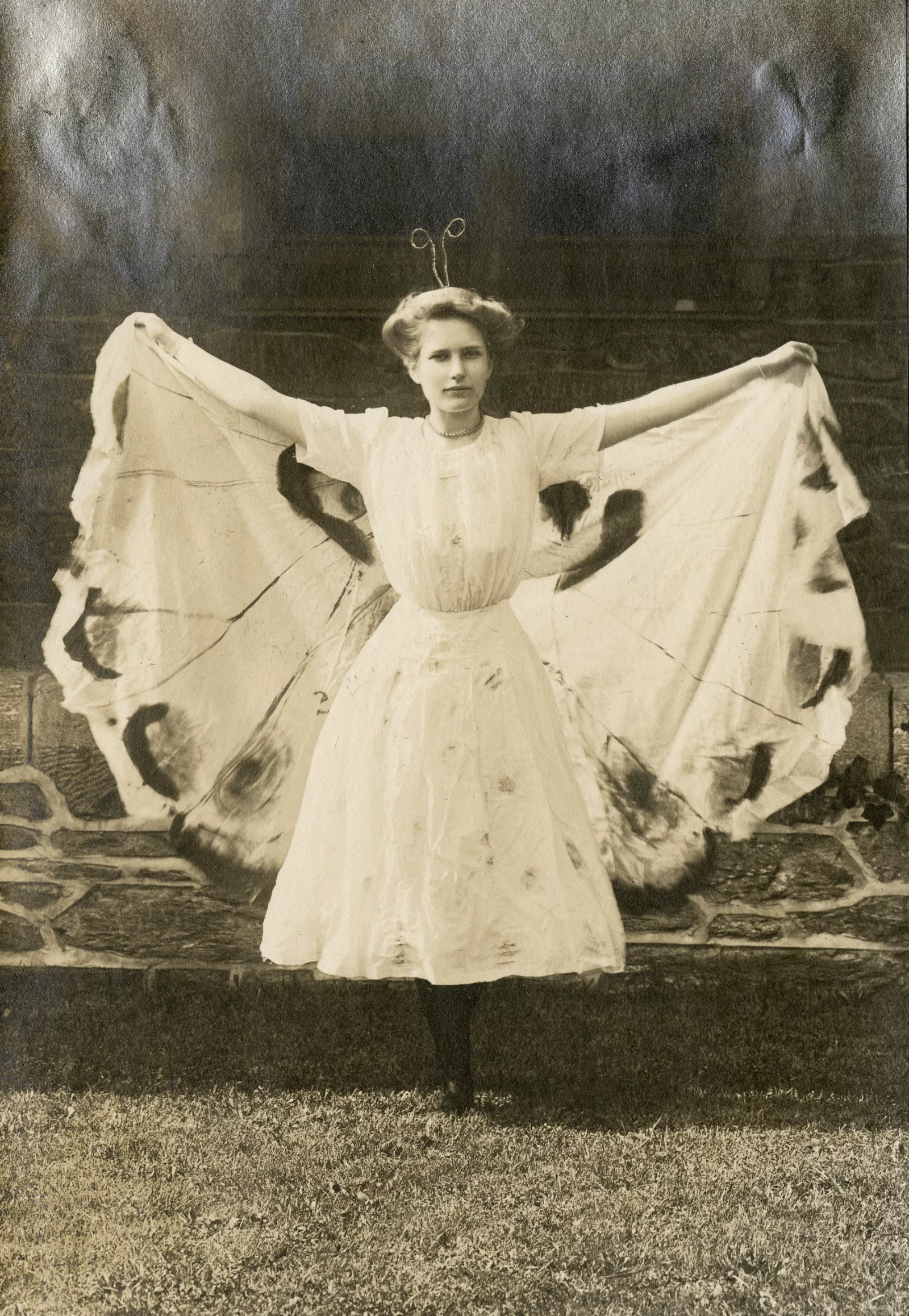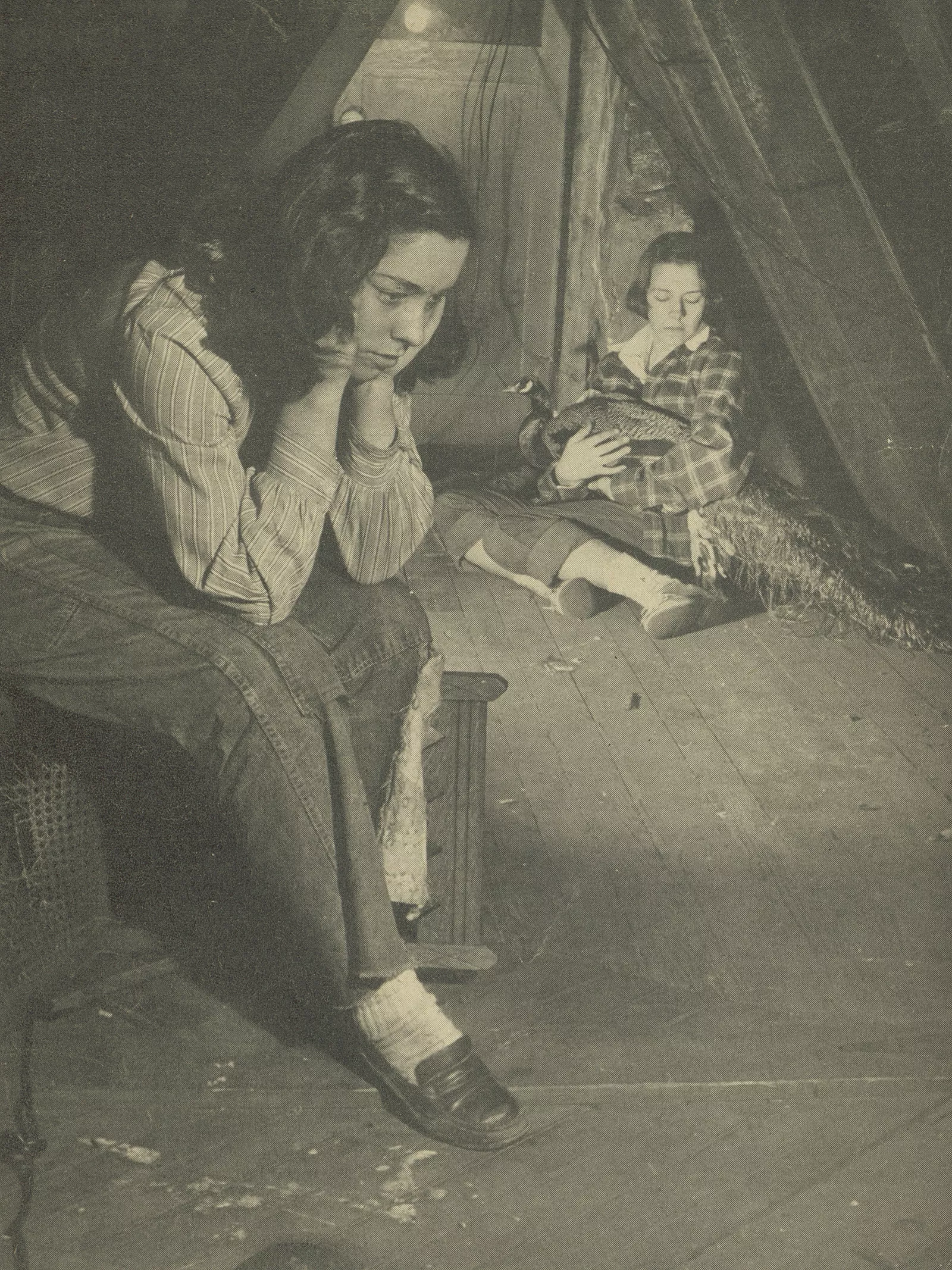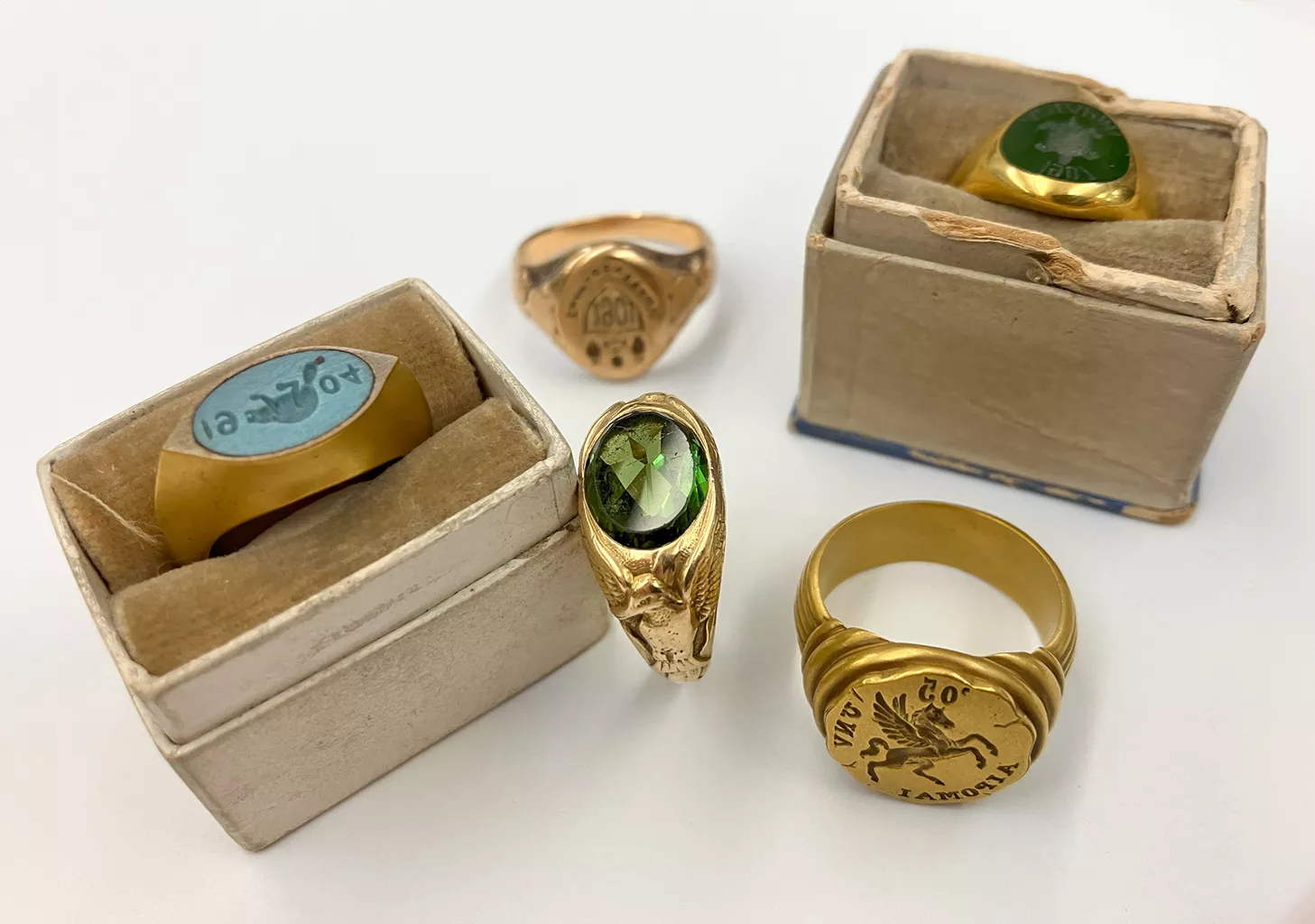Long-Lost Lore
What do Pegasus and pet rocks have in common?
Both are examples of a Bryn Mawr tradition that went extinct.
Bryn Mawr College’s traditions run deep, but in between all the May Days and Lantern Nights, some customs have fallen out of practice. One of these long-lost traditions resurfaced by way of a box of class rings, decades old, delivered to Special Collections last spring.
Prior to 1921, each graduating class at Bryn Mawr had a unique class ring. Many of these rings were designed to function as a stamp when pressed into wax, as a way of sealing letters, and almost all incorporate that year’s class animal of choice.
Many alumnae/i will remember the long-standing, but no longer extant, tradition of choosing a class animal. Historically, first years would choose the class animal and reveal it at the annual “Freshman Show,” usually held in February or March. The animal was supposed to remain secret until then, especially from the sophomore class, who made a game of trying to spoil what the animal was before the show.
In the mid-1900s, when an example of the class animal was expected to be at the show, hiding it from the sophomore class could be tricky. The class of 1952, as featured in Life magazine, hid a peacock in Taylor Hall.
To obfuscate the guessing—and perhaps to make things easier—sometimes the animal chosen wasn’t obvious. The class of 1946 chose Professor of Philology Stephen J. Herben Jr. as their “class animal,” while 1976 had a pet rock.
Before live specimens became a fixture of the shows, students often opted for costumes. The class of 1905 chose Pegasus as their animal, and 1924 went with the dodo bird—both would have been hard to obtain.
These animals were a symbol for classes to unite around, one that would set them apart from other classes even more than their class color did. Hence their inclusion on many of the class rings.
In the early days of the College, graduating students would receive their rings just before commencement, but the rings could only be worn after the ceremony, as a celebration of their achievements. By 1919, the tradition had shifted—seniors could wear their rings before their official graduation, but they turned them to their palm only revealing the stone—usually a piece of cut glass in their class color—after commencement.
Grace Foresman ’25 spent time this past spring cataloging the ring collection, including doing research into the owners, as many of the rings have initials etched onto the bands. Rings in the collection are made of materials ranging from 14k gold to brass and aluminum—sometimes within the same year, based on what each individual student was willing to pay.
Foresman’s catalog, which includes detailed descriptions of each ring, is available online and researchers can make an appointment to see the rings in person in Special Collections at any time.
Explore the Bryn Mawr Class Ring Collection
Published on: 10/22/2024


